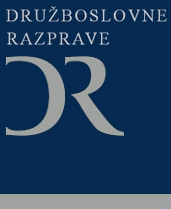How to measure homophobia in an international comparison?
How to measure homophobia in an international comparison?
Author(s): Ivett Szalma, Judit TakácsSubject(s): Social Sciences
Published by: Slovensko sociološko društvo (in FDV)
Keywords: homophobia; European Social Survey; European Values Study; multilevel regression
Summary/Abstract: How to measure homophobia in internationally comparable ways is a central issue of the present study. Our main goal was to compare attitudes on homophobia in 26 European countries as measured by different variables within two large-scale longitudinal surveys, the European Social Survey and the European Values Study, with both following multistage probabilistic sampling plans, in order to enable a better understanding of the main determinants of homophobic attitudes at the individual as well as country levels. Our dependent variables were the following: the ‘ justification’ of homosexuality, non-preference for homosexual neighbours, and acceptance of gay men and lesbian women (agreement with the statement that gay men and lesbians should be free to live their own life as they wish). We constructed multilevel fixed- -effects linear regression and multilevel logistic regression models in order to test our hypotheses regarding the validity of our homophobia measurement instruments as well as the effects of socio-demographic, attitudinal and country-level variables on homophobic attitudes.
Journal: Družboslovne razprave
- Issue Year: 29/2013
- Issue No: 073
- Page Range: 11-42
- Page Count: 31
- Language: English

